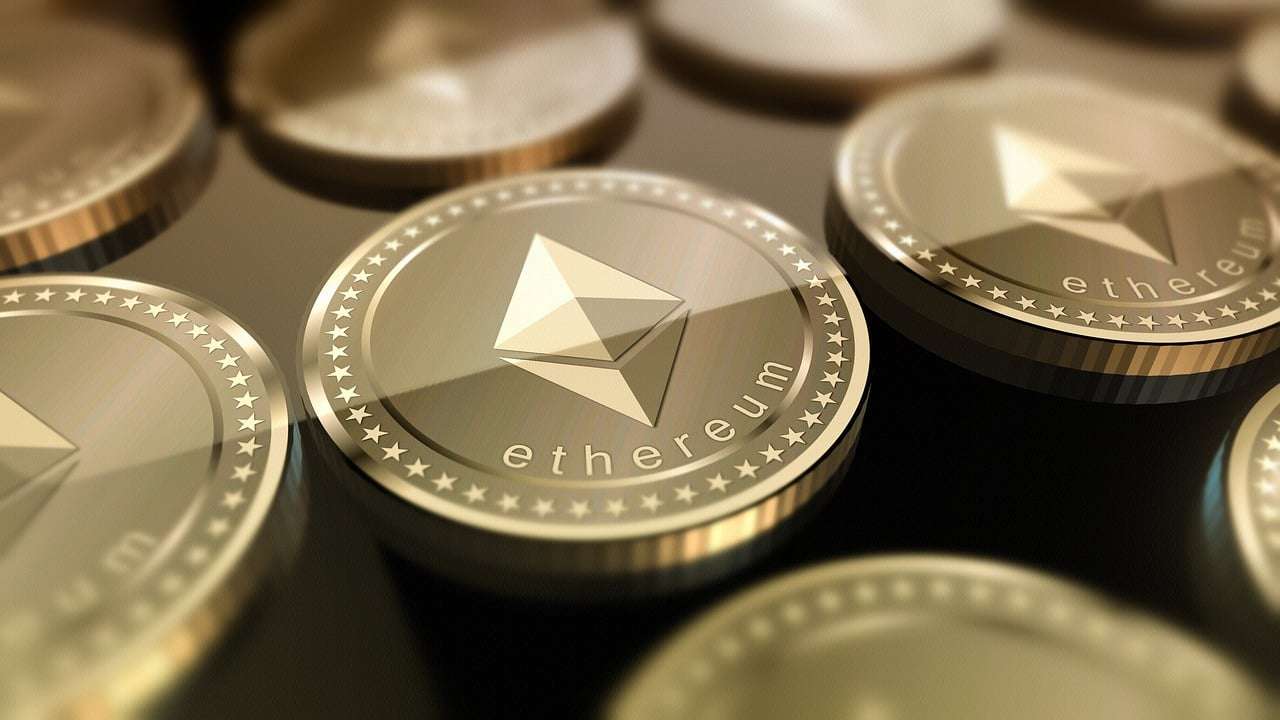Ethereum, the second-largest cryptocurrency by market capitalization, has been a key player in the world of blockchain and decentralized applications (dApps). However, with growing demand and network congestion, Ethereum has been undergoing a major upgrade to address scalability, security, and sustainability issues.
This upgrade is known as Ethereum 2.0 (also referred to as Eth2 or Serenity), and it promises to reshape the future of the Ethereum network. For UK investors, understanding Ethereum 2.0 is crucial to navigating the evolving cryptocurrency landscape.
In this article, we’ll explain what Ethereum 2.0 is, why it matters, and how it impacts UK investors.
What Is Ethereum 2.0?
Ethereum 2.0 is a multi-phase upgrade designed to improve the scalability, security, and energy efficiency of the Ethereum blockchain.
The main change is the transition from the current Proof of Work (PoW) consensus mechanism, which requires significant computational power, to a more sustainable Proof of Stake (PoS) system. This transition will make Ethereum more environmentally friendly and capable of handling a higher volume of transactions at lower costs.
The upgrade is being rolled out in phases:
- Phase 0: Launched in December 2020 with the creation of the Beacon Chain, which introduced PoS to the Ethereum network but did not yet impact regular users or developers.
- Phase 1: Expected to roll out in 2024, this phase will introduce shard chains, improving Ethereum’s scalability by splitting the network into smaller parts (shards) that process transactions in parallel.
- Phase 2: This phase will fully integrate Ethereum 1.0 with Ethereum 2.0, effectively transitioning the entire network to PoS, and improving the functionality of smart contracts and decentralized applications.
Key Features of Ethereum 2.0
1. Proof of Stake (PoS)
The shift from PoW to PoS is one of the most significant changes in Ethereum 2.0. In a PoS system, validators are chosen to create new blocks based on the amount of Ethereum (ETH) they hold and are willing to “stake” as collateral.
Validators are rewarded for their participation with ETH, but they can also lose their staked ETH if they act dishonestly.
- Why It Matters: PoS requires significantly less energy than PoW, making Ethereum 2.0 more environmentally sustainable. Additionally, the PoS system allows more people to participate in securing the network, leading to better decentralization.
2. Sharding for Scalability
One of Ethereum’s biggest challenges has been its scalability. As more users and decentralized applications rely on Ethereum, the network has struggled with slow transaction speeds and high fees. Sharding solves this by breaking the blockchain into smaller “shards” that process transactions simultaneously, rather than sequentially.
- Why It Matters: Sharding will increase the network’s capacity, allowing it to handle thousands of transactions per second (TPS) compared to the current rate of about 30 TPS. This will reduce gas fees (transaction costs) and make Ethereum more practical for everyday use.
3. Increased Security
Ethereum 2.0 aims to improve security by making it harder for malicious actors to compromise the network. The PoS system disincentivizes attacks because bad actors would lose their staked ETH if they attempt to cheat the system. Additionally, the upgrade will implement more robust cryptographic protections to safeguard users’ funds.
- Why It Matters: Increased security is a major benefit for both institutional and retail investors, as it enhances the trustworthiness of the Ethereum network.
Why Ethereum 2.0 Matters for UK Investors
1. Lower Transaction Costs
One of the biggest complaints about the Ethereum network has been its high gas fees, especially during periods of high demand. For UK investors who engage in DeFi (decentralized finance) projects, buy NFTs (non-fungible tokens), or interact with other dApps, these fees can be a significant deterrent.
With Ethereum 2.0’s improvements in scalability and transaction throughput, gas fees are expected to decrease, making it more cost-effective to engage with Ethereum-based services. This reduction in costs is particularly beneficial for smaller investors who want to avoid paying high fees on transactions.
2. Staking Opportunities
With the introduction of PoS, UK investors can participate in Ethereum staking. Staking involves locking up ETH to support the network’s operations, for which you are rewarded with additional ETH over time. This presents an opportunity to earn passive income through staking rewards.
There are two ways to participate in staking:
- Direct staking: Requires a minimum of 32 ETH (around £40,000 as of late 2023), allowing you to become a validator and earn staking rewards.
- Staking pools: For investors with less than 32 ETH, staking pools allow you to pool your ETH with others and share in the rewards. This makes staking more accessible to smaller investors.
3. Enhanced Investment Utility
As Ethereum 2.0 improves the network’s performance, it will likely drive more adoption of dApps, DeFi platforms, and NFTs. This could enhance the utility of ETH, as it will be used across a broader range of services and applications, increasing demand for the asset.
For UK investors, Ethereum 2.0 may also bolster the value of ETH, making it an attractive long-term investment. As demand for Ethereum’s ecosystem grows, the value of ETH could rise, offering substantial returns for early adopters.
4. Environmental Considerations
With the growing focus on sustainability, particularly in Europe, Ethereum’s switch to PoS could make it a more attractive option for eco-conscious investors. The energy-intensive PoW system has been criticized for its environmental impact, but Ethereum 2.0’s PoS model will reduce energy consumption by over 99%.
This could enhance Ethereum’s reputation and attract investors looking for greener investments.
Potential Risks and Challenges for Ethereum 2.0
While Ethereum 2.0 presents significant opportunities, there are also risks that UK investors should consider:
1. Delayed Implementation
Ethereum 2.0 has faced several delays since its initial announcement, and while Phase 1 is expected to be completed in 2024, further delays could impact investor confidence. Any unforeseen technical challenges during the upgrade could slow down the adoption of Ethereum 2.0.
2. Competition from Other Blockchains
Ethereum is not the only blockchain trying to solve scalability issues. Competitors like Solana, Polkadot, and Avalanche are also offering fast, low-cost blockchain solutions and could capture some of Ethereum’s market share if Ethereum 2.0 faces delays or fails to meet expectations.
3. Staking Risks
Staking involves locking up your ETH for a set period, during which you cannot sell or trade it. This could expose investors to price volatility, as the value of ETH could fluctuate significantly while it’s staked. Additionally, validators who behave dishonestly or encounter technical issues could lose a portion of their staked ETH.
Conclusion
Ethereum 2.0 marks a significant evolution for the Ethereum network, bringing improvements in scalability, security, and energy efficiency. For UK investors, this upgrade presents exciting opportunities, from reduced transaction costs and staking rewards to the potential for long-term value growth.
However, it’s important to remain aware of the risks, including potential delays and competition from other blockchains. As Ethereum 2.0 continues to roll out, staying informed about its progress will be key to making smart investment decisions in the evolving cryptocurrency market.




